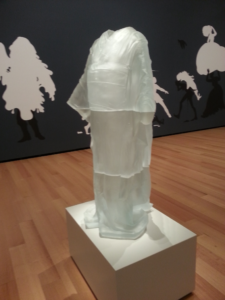Medical Research
Manual acupuncture relieves bile acid-induced itch in mice: the role of microglia and TNF-α.
Kristen Sparrow • January 31, 2019


I’ve linked to this abstract because it uses a formula I use for allergic rhinitis, LI 11 and LI4 with 100Hz electroacupuncture. I referenced the formula here. Interestingly, 36St does not have an effect.
Int J Med Sci. 2018 Jun 13;15(9):953-960. doi: 10.7150/ijms.24146. eCollection 2018.
Manual acupuncture relieves bile acid-induced itch in mice: the role of microglia and TNF-α.
Lee YC1,2, Lin CH3, Hung SY4, Chung HY2, Luo ST2, MacDonald I2, Chu YT2, Lin PL5, Chen YH2,6,7.
Abstract
Pruritus, or itch, is a frequent complaint amongst patients with cholestatic hepatobiliary disease and is difficult to manage, with many patients refractory to currently available antipruritic treatments. In this study, we examined whether manual acupuncture (MA) at particular acupoints represses deoxycholic acid (DCA)-induced scratching behavior and microglial activation and compared these effects with those induced by another pruritogen, 5′-guanidinonaltrindole (GNTI, a kappa opioid receptor antagonist). MA at Hegu (LI4) and Quchi (LI11) acupoints significantly attenuated DCA- and GNTI-induced scratching, whereas no such effects were observed at the bilateral Zusanli acupoints (ST36). Interestingly, GNTI-induced scratching was reduced similarly by both MA and electroacupuncture (EA) at the LI4 and LI11 acupoints. MA at non-acupoints did not affect scratching behavior. Intraperitoneal injection of minocycline (a microglial inhibitor) reduced GNTI- and DCA-induced scratching behavior. In Western blot analysis, subcutaneous DCA injection to the back of the neck increased spinal cord expression of ionized calcium-binding adapter molecule 1 (Iba1) and tumor necrosis factor-alpha (TNF-α) as compared with saline injection, while MA at LI4 and LI11 reduced these DCA-induced changes. Immunofluorescence confocal microcopy revealed that DCA-induced Iba1-positive cells with thicker processes emanated from the enlarged cell bodies, while this effect was attenuated by pretreatment with MA. It is concluded that microglia and TNF-α play important roles in the itching sensation and MA reduces DCA-induced scratching behavior by alleviating spinal microglial activation. MA may be an effective treatment for cholestatic pruritus.

